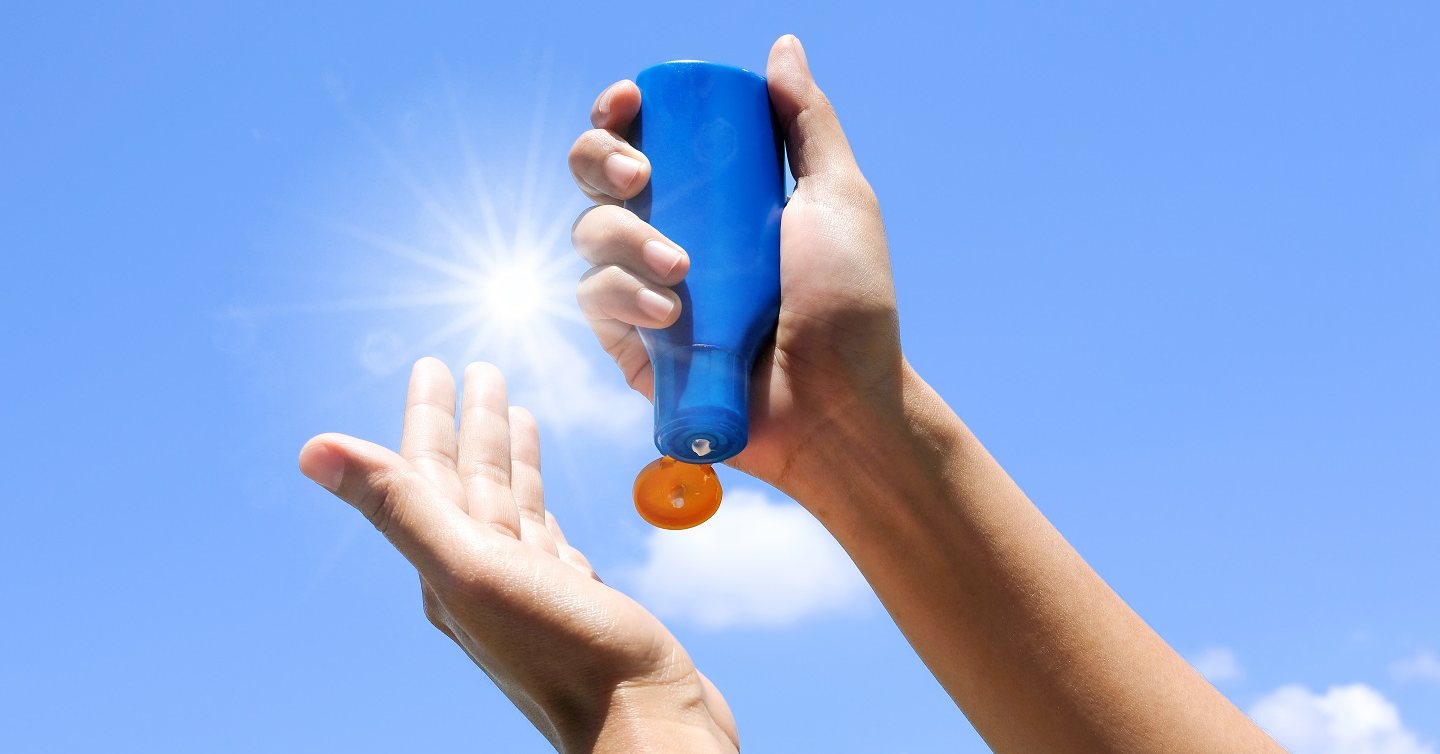Sunscreen is a Summer Necessity, but Where to Start?

What to Look for in a Good Sunscreen
By Samantha Clark, supervisor of wellness at Network Health
7/23/2021
Summer is here in Wisconsin and many of us are trying to do our best to get out and explore our beautiful state before the fall and winter come around. When it comes to enjoying time outdoors, however, there are risks.
Beyond the typical list of hazards including allergies, injuries and biting/stinging insects, just being outside can be a significant health risk. If not properly prepared for with planning and a good bottle of sunscreen by your side, the sun can be quite an adversary, producing both dangerous short- and long-term health effects.
One in five Americans will develop skin cancer at some point in their lives, making prevention and risk reduction a crucial step in living a long and fulfilling life while enjoying every summer here in Wisconsin.
What should I look for when shopping for sunscreen?
When choosing a sunscreen, it’s important to remember that there are differences in the amount of protection and the level/type of activity for which the sunscreen is manufactured. Here are some tips to get the best protection during the hottest and sunniest days of the summer.
Choose a broad-spectrum sunscreen.
Broad-spectrum means that the sunscreen will not only protect your skin from ultraviolet A (UVA) rays but will also protect you from ultraviolet B (UVB) rays. Both UVA and UVB can cause cancer, so finding a sunscreen that protects against both is crucial in minimizing your cancer risk.
Choose SPF 30 or higher.
SPF is short for sun protection factor and signifies how good a sunscreen is at protecting your skin against UVB rays. Dermatologists and health experts recommend at least SPF 30, but SPF 50 or above is optimal for most skin types.
Reach for water-resistant sunscreen.
Sunscreen isn’t waterproof, but water-resistant formulas will provide you protection for over an hour (most last up to 80 minutes). If you are swimming or participating in a strenuous activity that causes sweating, be sure to reapply sunscreen every two hours or so.
Check the expiration date.
If your sunscreen doesn’t have an expiration date, assume the shelf life is three years. However, that can be reduced if the sunscreen has been exposed to high temperatures, such as if it was left in a car or out in the sun during a beach day. If you’re not sure how old it is, it’s probably too old and you should get a new bottle.
Practice year-round sun safety
While we usually associate the worst of the sun’s potency with the summer, when we’re more likely to spend time soaking in its rays, sun safety is not just for the summer months. Throughout the year, sun exposure can cause sunburn, damage your eyes, harm your skin and even lead to skin cancer.
For that reason, be sure to respect the sunshine by maintaining a healthy awareness of its danger. Plan exercise for low-sun hours in the early morning and later evening. Wear sunscreen if you’re going to be outside for any amount of time. Hydrate frequently and plan outdoor activities near shade.
For those looking to enjoy the outdoors by exercising this summer, be sure to brush up on heat-related exercise safety. You can read more about that in our working out in the heat chapter of “The Ultimate Guide to Beginner’s Fitness,” which you can read by clicking here.
If you have any questions about how your Wisconsin health plan can help you get the most out of your activity time year-round, contact Network Health today.



